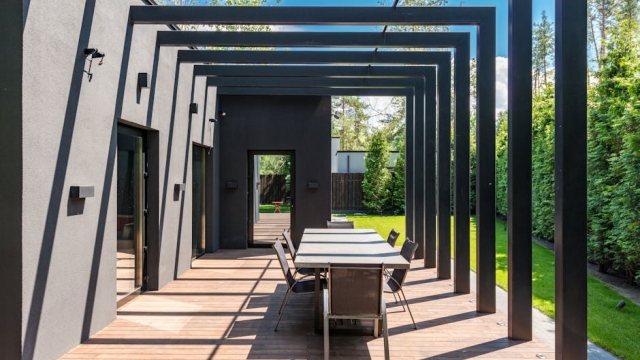
Types of Fences Wood, Vinyl, Chain Link, and More

Choosing the right fence is a crucial decision that balances aesthetics, functionality, and security for your property. Whether you are looking to enhance your garden’s beauty, secure a backyard, or create privacy, understanding the various types of fences and the process of fence installation can help you make an informed choice. This guide will explore different types of fences, provide a step-by-step installation process, discuss cost factors, and offer tips on selecting a reliable contractor, along with maintenance advice to ensure your fence lasts for years to come.
Types of Fences: Wood, Vinyl, Chain Link, and More
When considering fence installation, the first step is to choose the type of material that best suits your needs. Here are some popular options:
Wood Fences
Wood is a classic choice for fencing due to its natural appearance and versatility. It can be custom-designed and stained or painted to match your home. However, wood fences require regular maintenance to prevent rot and insect damage.
Vinyl Fences
Vinyl fencing is becoming increasingly popular due to its durability and low maintenance. It doesn’t require painting or staining, and it is resistant to weathering. However, vinyl can be more expensive than wood upfront.
Chain Link Fences
Chain link fences are an economical option that provides security without obstructing visibility. They are low maintenance but may not offer the aesthetic appeal of wood or vinyl for residential properties.
Metal Fences
Metal fencing, including aluminum and wrought iron, offers strength and security. These materials are often used for decorative purposes and can add a sophisticated look to your property. However, they may require periodic maintenance to prevent rust.
Step-by-Step Guide to Fence Installation
For those interested in a DIY approach, following a systematic process can simplify fence installation:
- Planning: Start by determining the fence layout and obtaining any necessary permits. Check property lines and local regulations for height restrictions and zoning laws.
- Gather Materials: Collect all required materials and tools, including posts, panels, concrete, and a level.
- Mark the Fence Line: Use stakes and string to mark where the fence will go, ensuring it is straight and level.
- Dig Post Holes: Dig holes for the fence posts, typically 1/3 of the post’s length deep.
- Install Posts: Place the posts in the holes and secure them with concrete. Make sure they are plumb and level.
- Attach Panels: Once the posts are set, attach the fence panels according to the manufacturer’s instructions.
- Finishing Touches: Add any gates, caps, or additional features to complete the fence installation.
Cost Factors for Fence Installation and Budgeting Tips
Various factors influence the cost of fence installation, including:
- Material: The type of material chosen significantly affects the overall cost.
- Length and Height: The total linear footage and height of the fence will increase material and labor costs.
- Labor: Hiring professionals will add labor costs, so consider whether a DIY approach is feasible for your situation.
- Site Conditions: The difficulty of the terrain and existing structures can impact installation costs.
Creating a budget before starting the project can help manage expenses effectively. Always include a contingency fund for unexpected costs.
Choosing the Right Contractor for Your Fence Installation
If you decide to hire a contractor, selecting a reliable professional is essential. Here are some tips:
- Research: Look for contractors with good reviews and recommendations in your area.
- Ask Questions: Inquire about their experience, warranty, and insurance coverage.
- Get Multiple Quotes: Compare estimates from different contractors to ensure you are getting a fair price.
- Watch for Red Flags: Be cautious of unusually low bids or contractors who cannot provide references.
Maintenance Tips for Your New Fence
To ensure the longevity of your fence, regular maintenance is crucial. Here are some general tips:
- Inspect Regularly: Check for damage, rot, or rust periodically, addressing any issues promptly.
- Clean the Fence: Remove dirt, debris, and mildew to maintain its appearance and integrity.
- Seal and Treat: For wood fences, applying a sealant or stain can protect against moisture and UV damage.
- Maintain Landscaping: Trim back plants and shrubs that may come into contact with the fence to prevent damage.
By understanding the various elements of fence installation, from material selection to maintenance, you can make informed choices that enhance your property for years to come. For more information and assistance regarding fence installation, consider consulting a professional at Groupe Powerstone.

